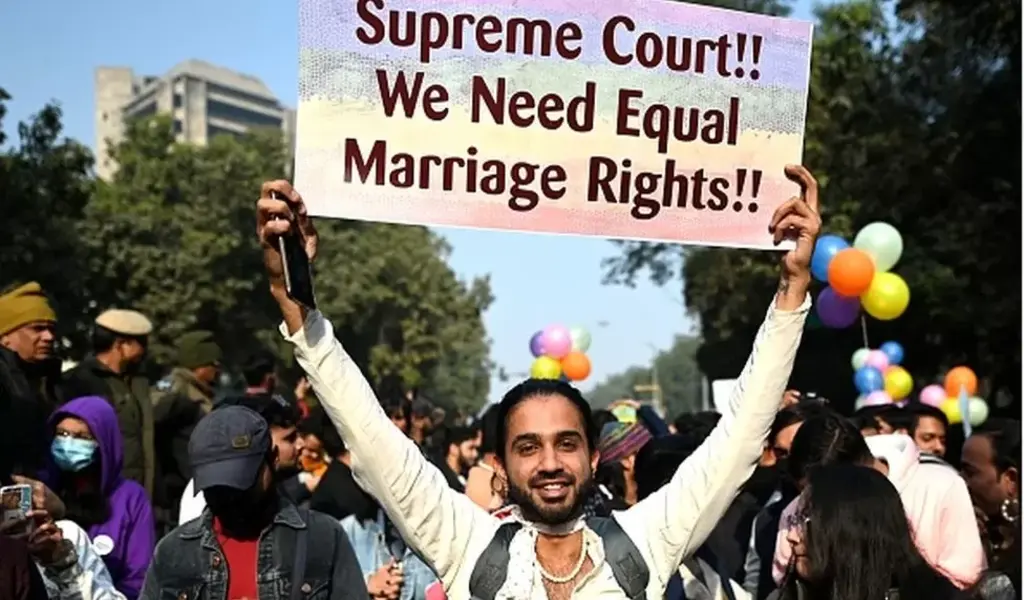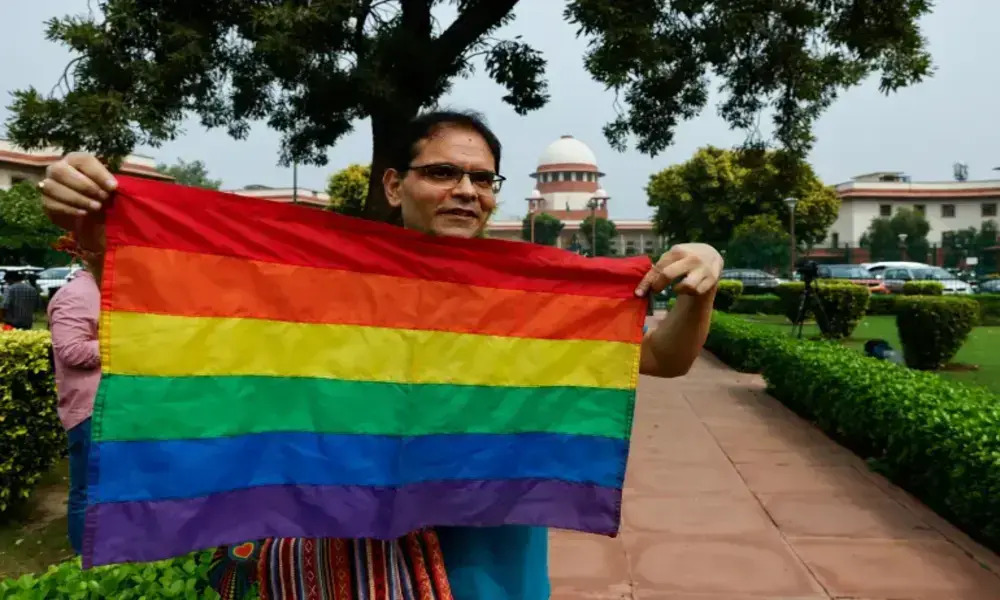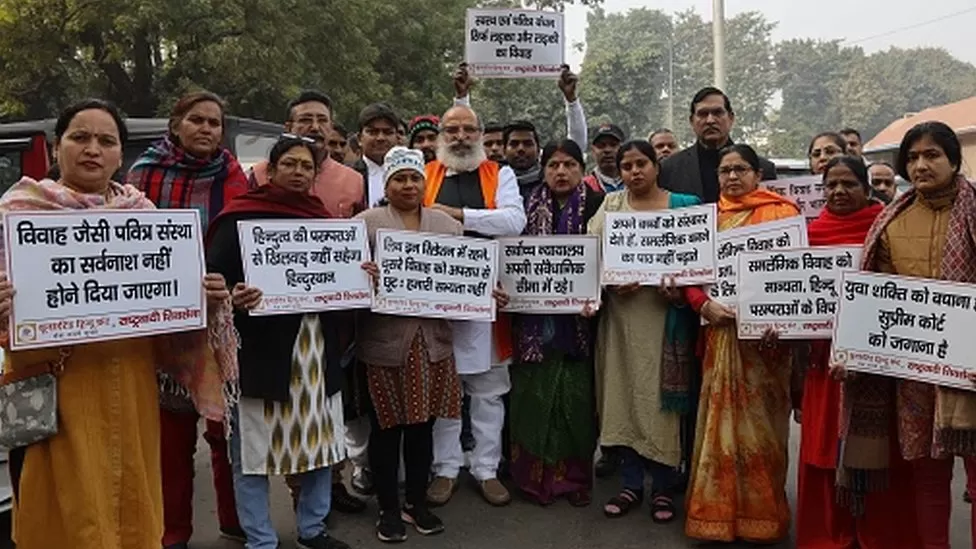News
Why did the Supreme Court Not Allow Same-Sex Marriage

(CTN News) – On October 17, a five-judge Constitution Bench of the Supreme Court rendered a significant ruling on the issue of same-sex marriage, choosing not to legalize it and instead leaving the decision to Parliament. This article delves into the demands made by the petitioners, the Court’s ruling, and the potential implications for the LGBTQIA+ community in India.
Petitioners’ Demands
The petitioners had specific demands that they hoped the Supreme Court would address. They were seeking a ruling that would interpret the Special Marriage Act (SMA) of 1954 as a gender-neutral legislation. Such an interpretation would enable same-sex couples to legally marry under the SMA.
The petitioners argued that the SMA violated several articles of the Indian Constitution, including Articles 14, 15, 19, 21, and 25, as it denied same-sex, gender non-conforming, and LGBTQIA+ couples the right to marry. They urged the Court to replace gender-specific terms like “husband” and “wife” with more inclusive terms like “party” or “spouse.”
Additionally, the petitioners sought joint adoption rights, nominee rights with respect to healthcare decisions, and the implementation of “preventative, remedial, protective, and punitive measures” by all State governments to ensure the safety and security of LGBTQIA+ couples.
They called on the Union and State governments, district, and police authorities to provide protection to adult, consenting LGBTQIA+ couples against potential threats from their families.
The Court’s Ruling
In its ruling, the Supreme Court stated that it could not mandate Parliament to legalize same-sex marriage, as marriage itself is not explicitly recognized as a fundamental right by the Indian Constitution. A majority of three judges believed that legal recognition of same-sex unions could only be achieved through enacted law.
The minority opinion, however, argued that the LGBTQIA+ community possesses a fundamental right to form relationships, and the state should provide legal recognition and associated benefits for these unions.
The Court acknowledged the natural presence of queerness but ultimately refrained from legalizing same-sex marriage. It noted that previous judgments, such as the NALSA and Navtej Johar cases, had clarified the status of the queer community as equal citizens under the law.
Why the SMA Was Not Altered
The Court declined to make changes to the Special Marriage Act (SMA) because it believed that such changes should be brought about through legislative processes. Altering the SMA, whether by adding or removing words, was seen as a matter within the purview of Parliament. The Court emphasized that it should refrain from matters that fall within the legislative domain and avoid judicial legislation.
Legislative Prospects
Throughout the hearings, the government consistently opposed same-sex marriage, asserting that judicial intervention would disrupt the delicate balance of personal laws. Despite this, the Court emphasized the need for remedial action and urged the state to make all marriage and family-related laws gender-neutral.
It also suggested alternative measures, such as the creation of gender-neutral statutes or domestic partnership legislation. The Court stressed the importance of public consultation and consensus-building in determining the way forward in this policy matter.
Reactions to the Verdict
Reactions to the Supreme Court’s verdict have been mixed. The lead petitioner expressed disappointment, stating that the LGBTQIA+ community felt left without significant progress.
Activists and advocates have expressed concerns that the verdict effectively shifts the responsibility for progress on queer rights to the legislature and are doubtful about the government’s commitment to addressing these concerns.
Transgender Rights
In its ruling, the Court also addressed transgender rights, acknowledging the need for a comprehensive law that prohibits discrimination based on sexual orientation. The Court noted that the Transgender Persons Act of 2020 fell short of addressing these rights adequately.
Future of the LGBTQIA+ Movement
Despite the disappointments stemming from the verdict, queer rights activists remain committed to their cause. They recognize the need for unity within the LGBTQIA+ community, transcending issues related to caste and class, in order to achieve not just marriage equality but also broader recognition of LGBTQIA+ rights in the future.
In conclusion, the Supreme Court’s verdict has left the future of same-sex marriage in India uncertain. It has underscored the role of Parliament in addressing this issue while the LGBTQIA+ movement continues its fight for equal rights, determined to overcome obstacles on the path to marriage equality and broader recognition.































